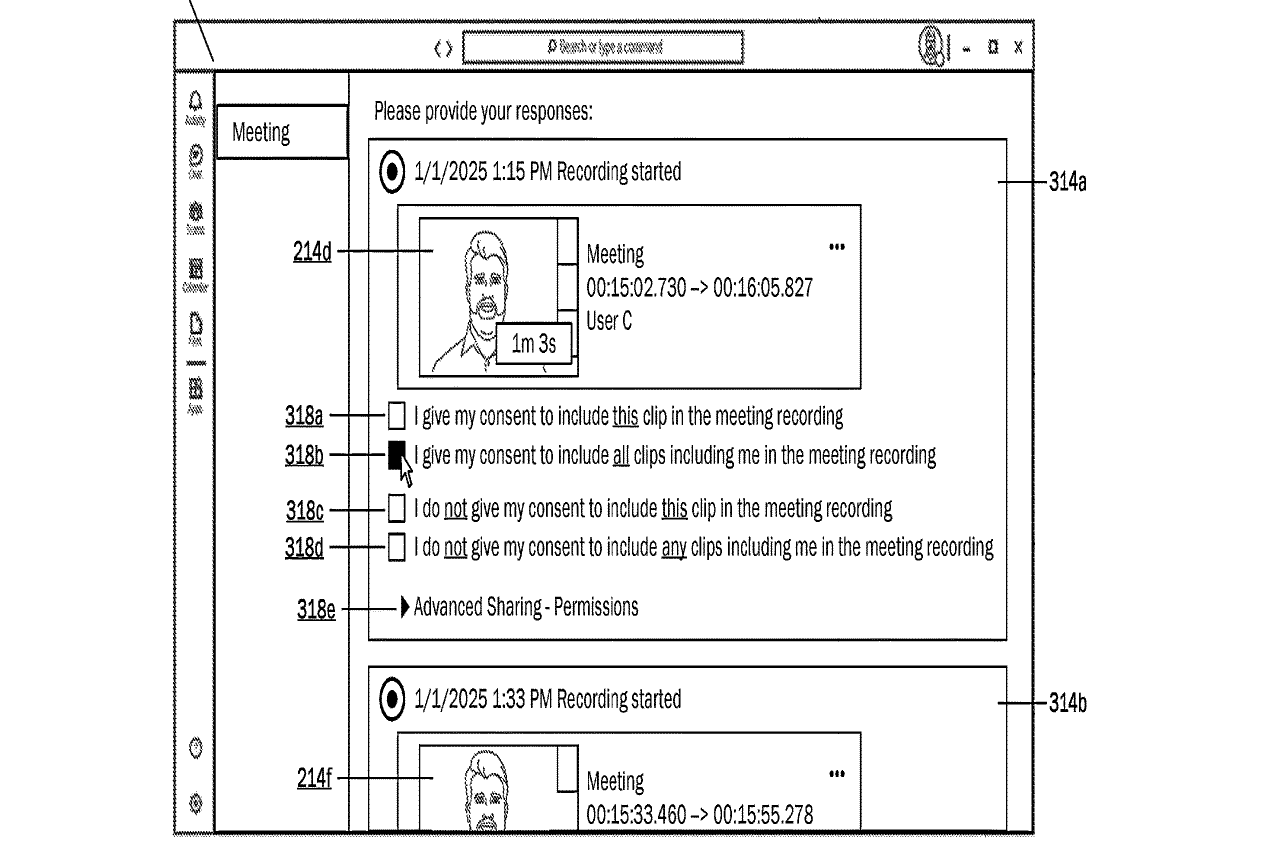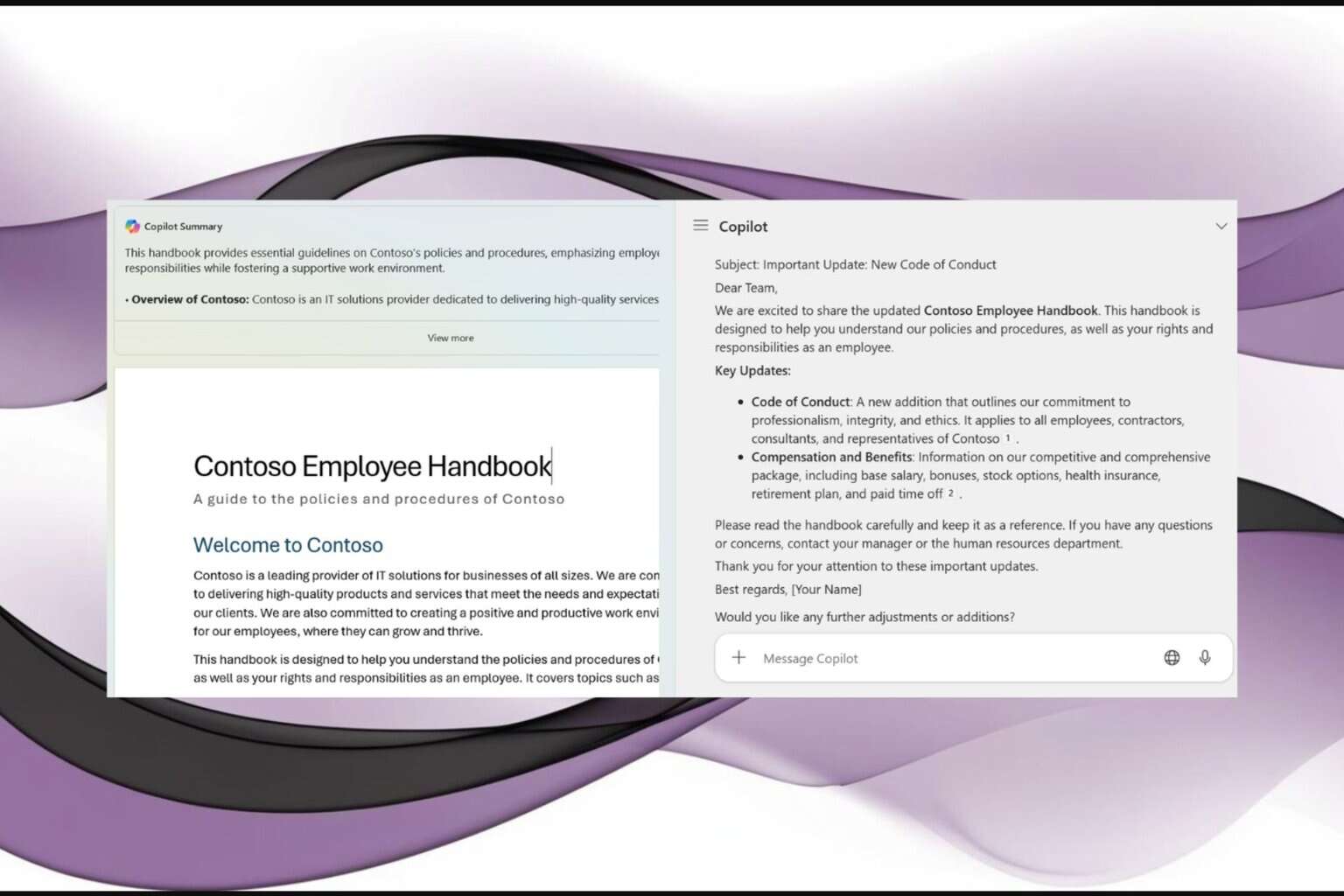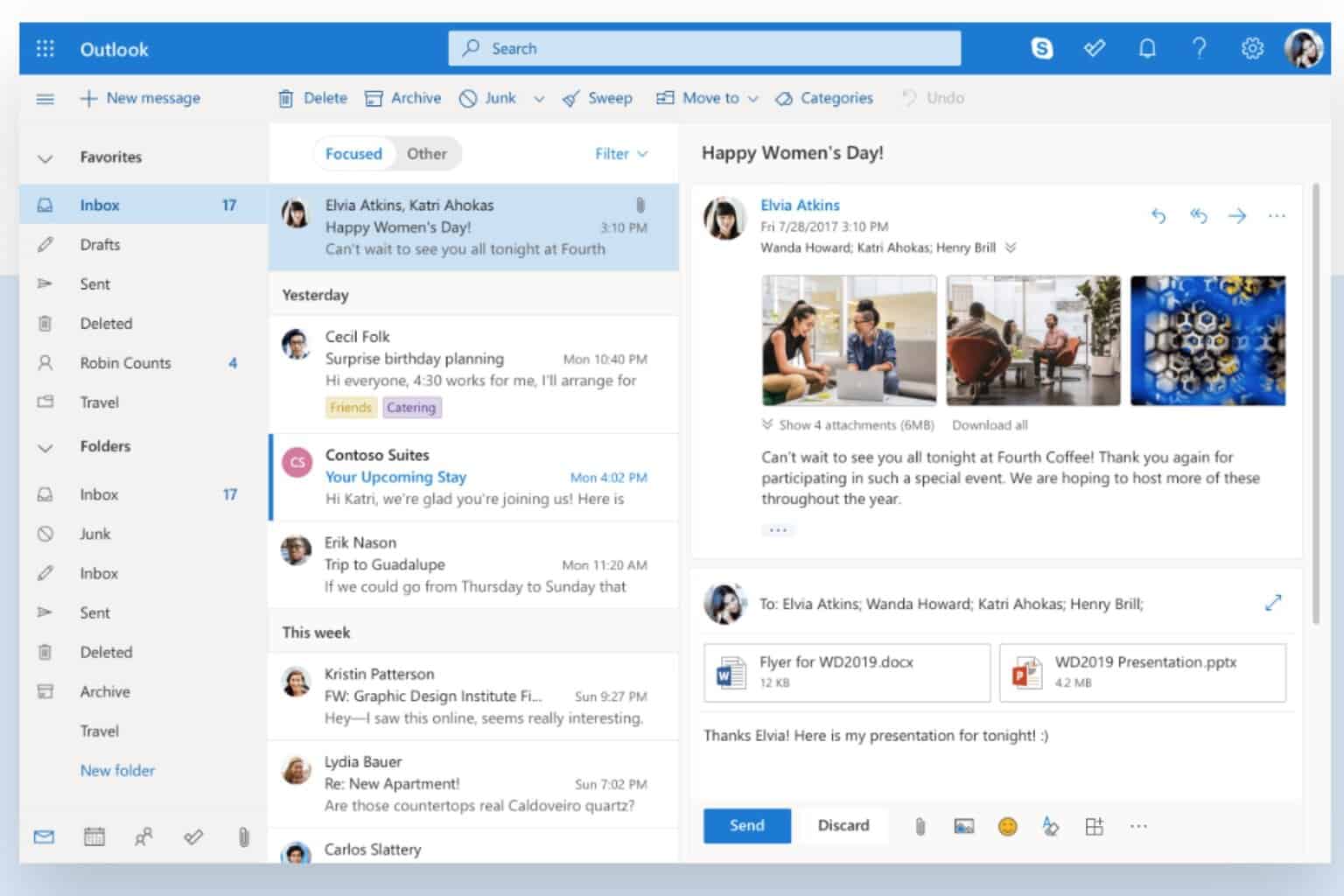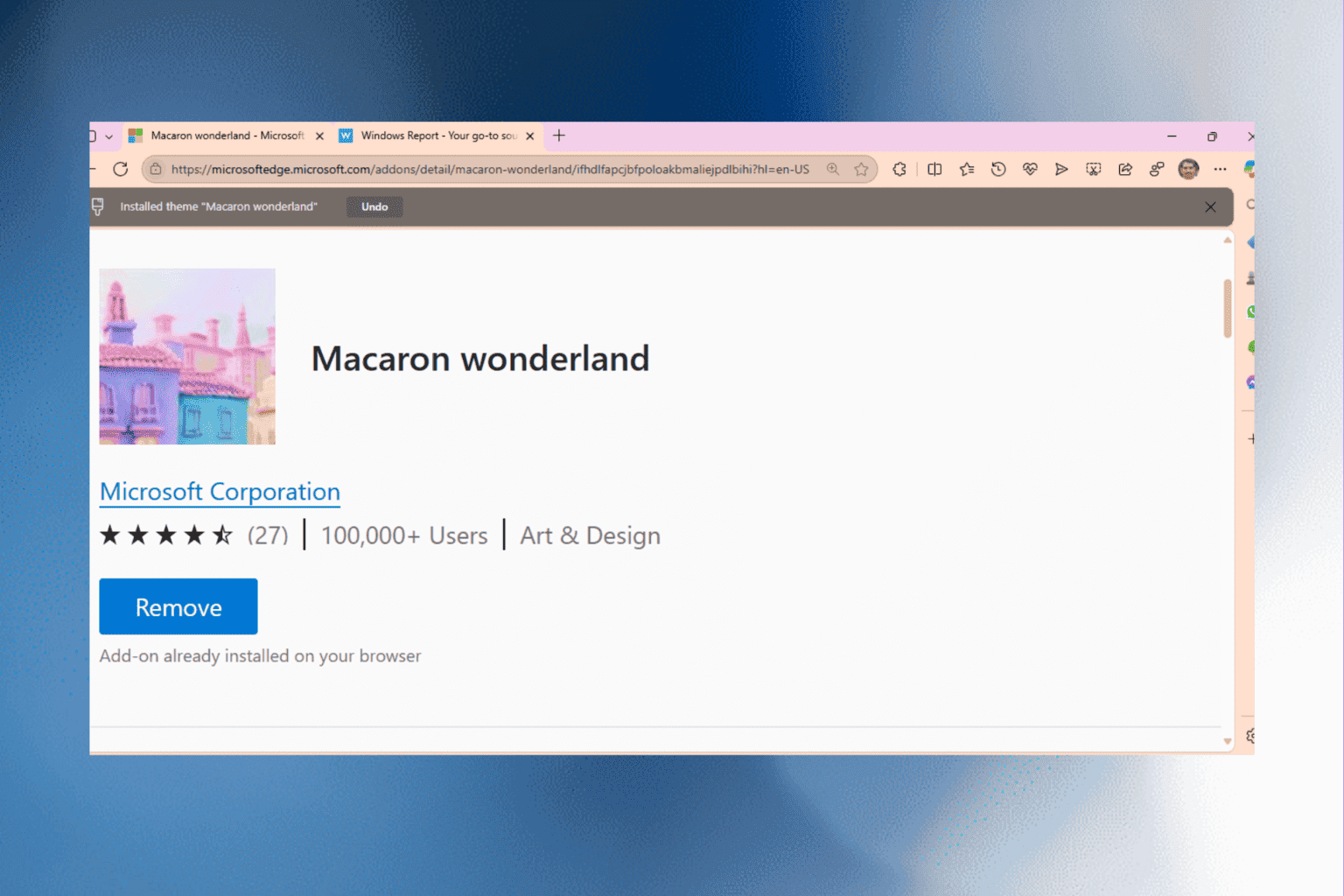Microsoft Teams might soon be able to record meetings retroactively
Users would be able to record meetings that started 30 minutes prior to the decision to record.
3 min. read
Updated on
Read our disclosure page to find out how can you help Windows Report sustain the editorial team. Read more

Microsoft Teams might soon be updated to allow participants to record virtual meetings in their entirety after they have already started. While there’s no definitive date on when this will be released, the Redmond-based tech giant is clearly thinking about it because it has patented this technology in a recently published paper.
Suggestively called Retroactive Recording of a Meeting, the tech describes a system that lets you start recording a virtual meeting even after it has already begun.
Users are encouraged to start recording a Microsoft Teams meeting anytime. Imagine you’re in a virtual meeting and realize halfway through that you need a recording. This system lets you start recording from the beginning or any earlier point in the meeting, even if you decide to record after the meeting has started.
The tech uses a system that divides the meeting into small parts, each linked to a specific time and participant. For example, if three people talk at different times, the system creates separate segments for each person’s contributions and the time they spoke.
These segments will be stored on a server as blockchain, a secure and unchangeable digital ledger. The record becomes tamper-proof by storing the meeting segments on a blockchain, ensuring that the meeting content remains unaltered.
Users can play back the meeting from any point as long as everyone agrees to be recorded. This means you can review specific meeting parts without watching the entire recording.
For example, in response to receiving an indication that the meeting has started, the server may operate to automatically start recording received meeting content streams of a meeting in a stealth mode. When operating in stealth mode, for example, the server may automatically, without informing the user/attendees and/or receiving user/attendee consent, process received meeting content streams as described above and store the received meeting content streams as a plurality of data segments.
The server, operating in stealth mode, will capture everything, from audio streams to chat messages, presentations, slideshows, etc. The patent also describes the server as being able to generate time-stamped transcripts from those audio streams, similar to the current Teams’ Intelligent Recap feature.
The patent has a solution for consent, especially in Stealth Mode, which includes removing or making content segments inaccessible if a single participant doesn’t agree to be recorded.
According to an example, when operating on stealth mode, if, during the meeting or within a predetermined grace period after the meeting, an option to record the in-progress or ended meeting is not received from a user/attendee, the recorded meeting content streams may be deleted or otherwise made inaccessible.
There is a high chance Microsoft might actually implement this technology in future, as it uses capabilities already known to Teams users. As we mentioned earlier, the Intelligent Recap feature already uses AI to generate transcripts of meetings, determine relevant timestamples, and even suggest recommendations.
And with the controversial Windows Recall capability, which basically records everything on Windows 11 (although it stores it locally, and Microsoft says it’s not a security issue), finally coming to PCs in November, the Redmond-based tech giant has everything it needs to make this a reality.
You can read the paper here.
However, would you trust it? What’s your take on this?









User forum
0 messages